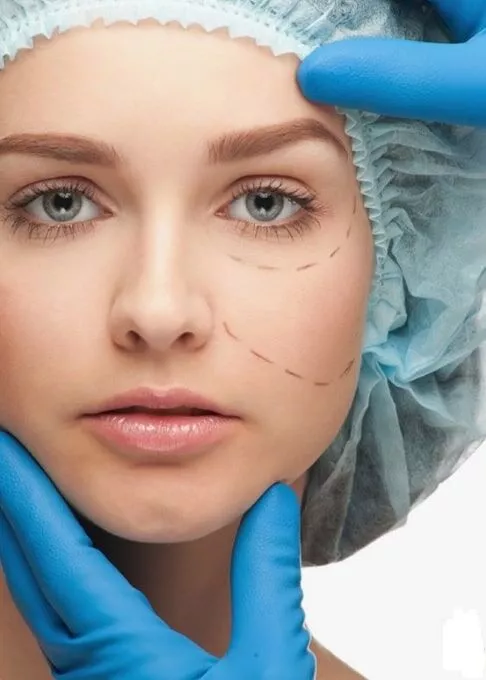One of the major advantages of facial lipofilling in Tunisia is that the fat is usually obtained under local anesthesia by liposuction. Facial lipofilling in Tunisia is usually an outpatient procedure, but sometimes an overnight stay at the clinic is required. The duration of the procedure depends on the amount of fat to be re-injected and the number of areas to be treated. It can range from 30 minutes to 2 hours.
The necessary fat is obtained by limited liposculpture through one or more micro-incisions (3 to 5 mm), using a very fine suction cannula. The aspirated fat is processed by centrifugation in order to isolate the intact fat tissue from the elements that cannot be transplanted.
The fat cells are then injected through micro-incisions (1 mm), using micro-cannulas. These cannulas are of very small caliber in order to leave no trace.
The next step in facial lipofilling in Tunisia is to distribute the fat cells evenly. This step is very delicate and very important because it aims to ensure that the injected cells are surrounded by healthy tissue and that they remain in contact with them. Indeed, it is these tissues that will provide the oxygen and nutrients necessary for these cells to survive.


